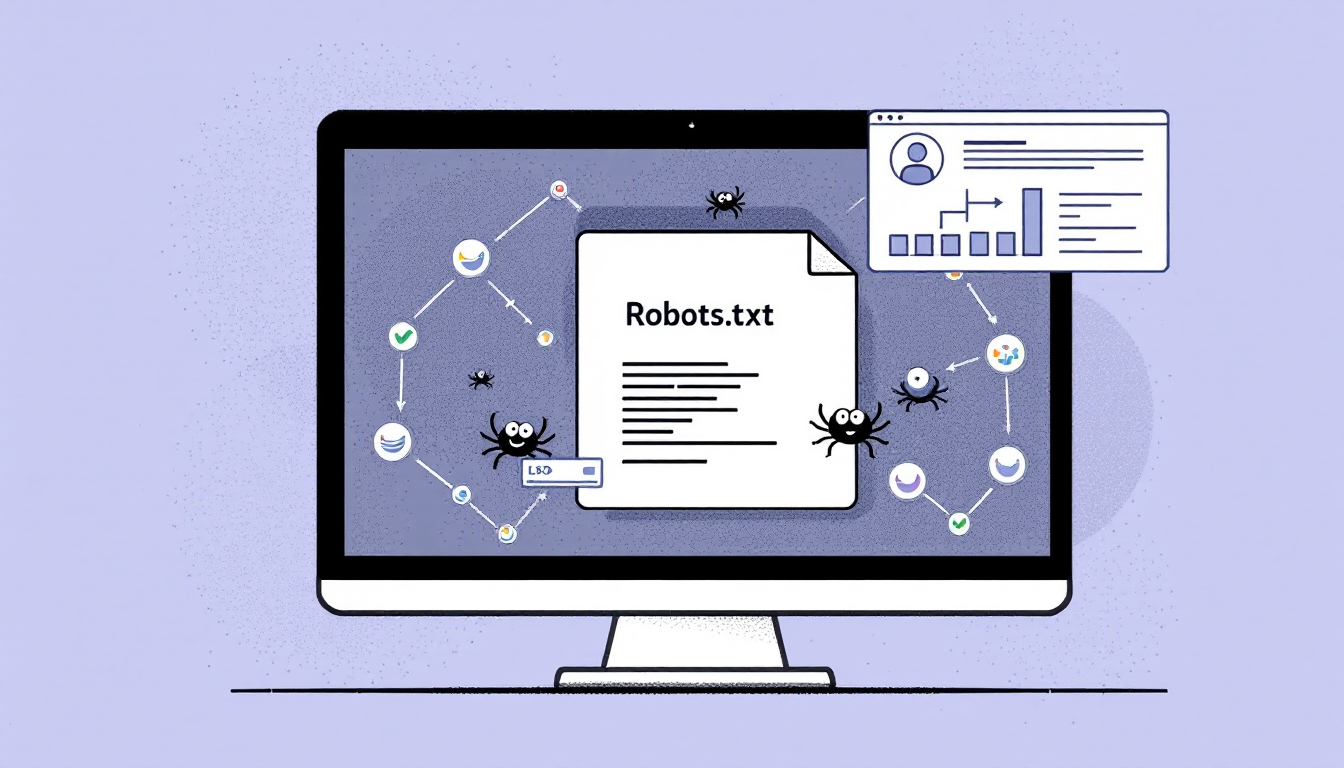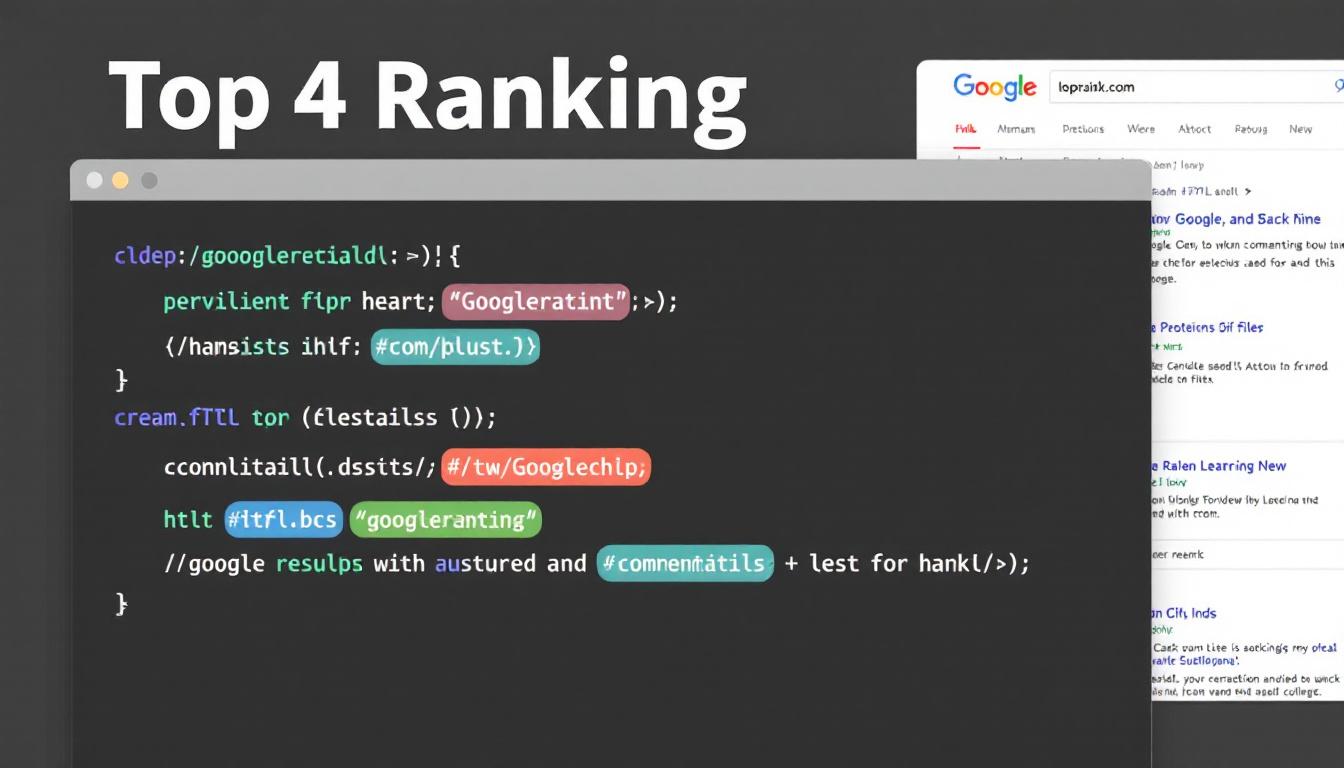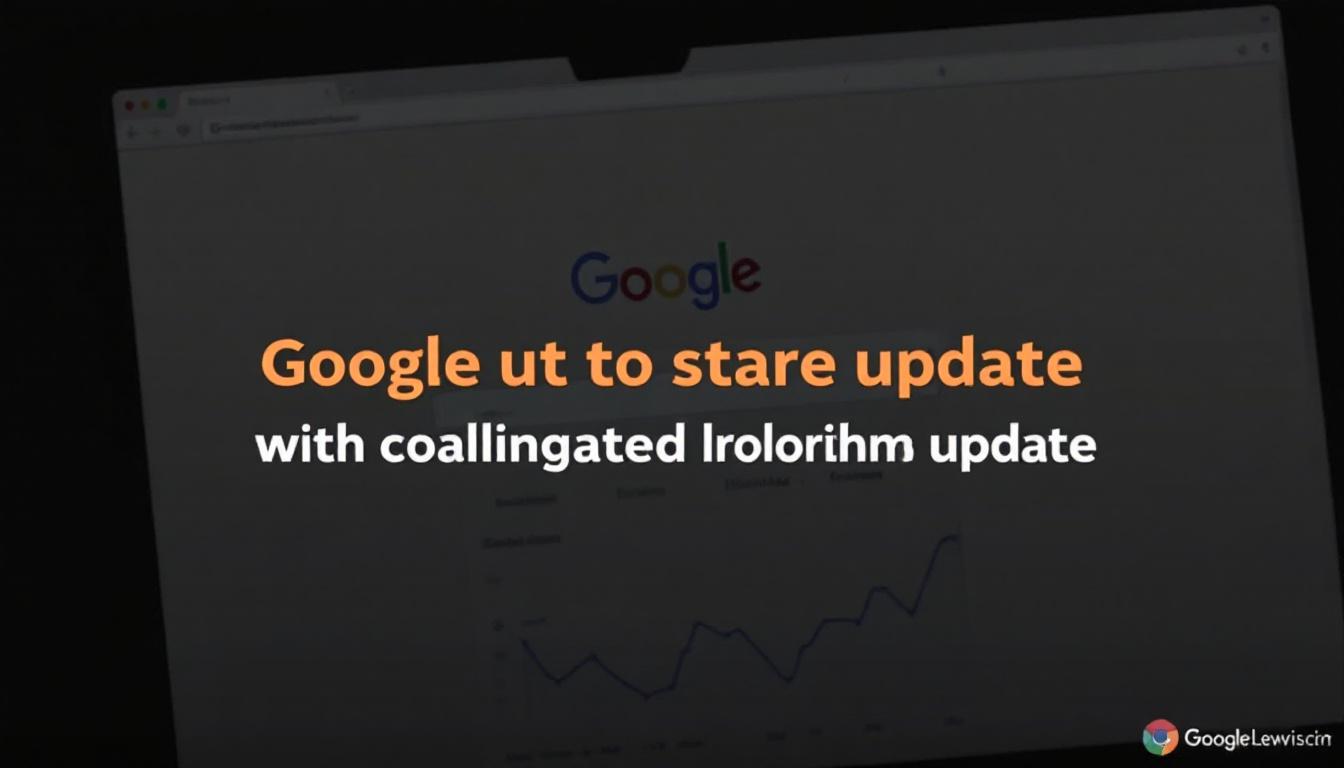Google has unveiled an updated Robots.txt guide, offering publishers and SEO experts detailed instructions on managing search engine crawlers and compliant bots.
NeuronWriter
Enhance your SEO strategy and create content that ranks high with semantic recommendations.
This latest resource includes practical examples for blocking specific webpages, limiting access for certain bots, and implementing straightforward rules to control crawling behaviors effectively.
Understanding Robots.txt
Having grasped the fundamental purpose of Robots.txt, it’s essential to explore how these directives can be applied in real-world scenarios.
Robots.txt is a well-established web protocol that has been in use for over three decades, widely supported by search engines and various crawlers.
Google’s new guide starts with the basics, explaining how Robots.txt functions to guide the behavior of automated bots visiting a website.
Practical Applications for Publishers and SEOs
Beyond basic implementations, the guide delves into more nuanced controls that allow for finer management of bot interactions.
The updated documentation provides clear examples on customizing Robots.txt rules to suit different needs.
For instance, website owners can block search engine crawlers from accessing sensitive pages like shopping carts or user account sections.
Additionally, it’s possible to restrict specific bots from indexing certain areas, thereby maintaining better control over site content.
Advanced Control Capabilities
Editing the Robots.txt file is straightforward, ensuring that website administrators can easily update their configurations as needed.
Advanced users can target individual crawlers with unique rules, block specific URL patterns such as PDFs or internal search pages, and exercise precise control over different bots’ activities.
The guide also highlights the use of comments within the Robots.txt file, facilitating internal documentation and easier maintenance.
Editing and Managing Your Robots.txt File
Final considerations include ensuring that the Robots.txt file remains up-to-date with any website changes.
Modifying the Robots.txt file is a simple task, as it is a plain text document with easily understandable rules.
Most content management systems offer built-in tools for editing this file, and various online tools are available to verify the syntax and functionality of the updated Robots.txt settings.
Final Thoughts
Google’s latest Robots.txt guide serves as a valuable resource for publishers and SEO professionals aiming to optimize their website’s interaction with search engine crawlers.
By providing clear instructions and practical examples, the guide empowers users to effectively manage their site’s accessibility to bots, enhancing overall site performance and search visibility.








